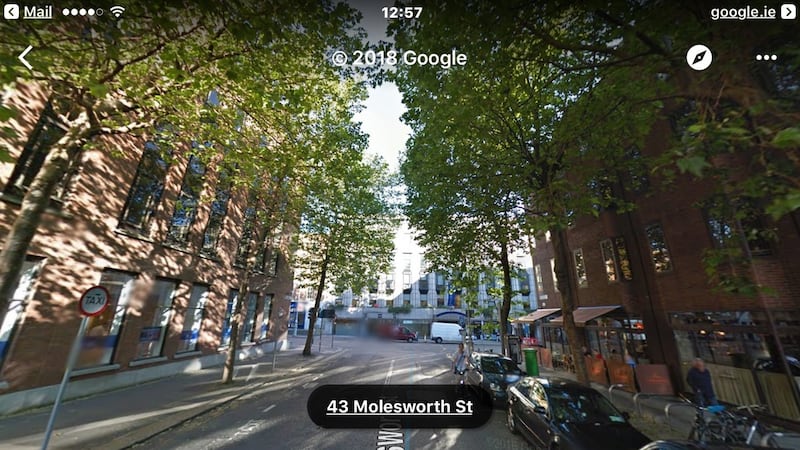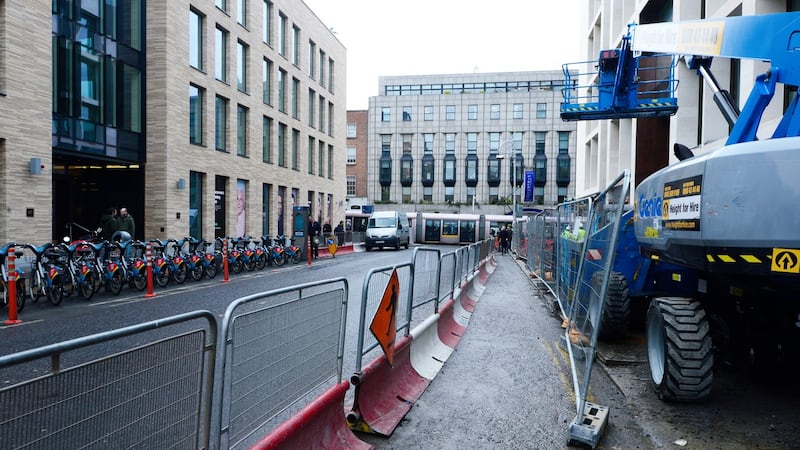When the hoardings came down recently around the former European Union building on Dublin’s Molesworth Street and another building across the road, it became evident that a beautiful stand of London plane trees had been removed.
It is a sight that would sadden the heart of any environmentalist – or anyone who appreciates the ability of a tree to enhance an urban street. But the developers have promised replacement trees have been ordered for the city street.
On Wednesday, workers with a digger and saws could be seen prising up the roots of the last tree outside the Green Reit development at Number One Molesworth Street, across the road from the former EU block.

The missing trees were similar to but younger than the mature trees which oversaw O’Connell Street since before 1916, and were notable for retaining leaves well into January. The O’Connell Street trees were removed in recent years as part of a city council improvement scheme.
The Molesworth Street trees – which had been captured on Google Street View as being tall and green against a blue sky in summer – have now been removed as part of another improvement scheme agreed between the council and the developers of the two buildings.
Leafy glade
The trees, youthful at about 35 years old, will be missed by those who had appreciated the leafy glade at the Dawson Street end of Molesworth Street. From the corner of the old EU Parliament and Commission offices, now known as the Iput building, the trees framed the vista of Leinster House, home to the Dáil and Seanad. They gave life to that much-overused property professional’s expression “the leafy end of town”.
Dublin City Council said the trees had begun to encroach on basements of buildings on the north side of the street and their roots would have prevented the construction of a new granite pavement.

A spokesman for Green Reit said 17 new trees would be planted to replace the six taken out previously.
‘Avenue’ effect
The new trees are of the gleditsia tricanthos variety, also known as "honey locusts", and are native to North America. It has also been called "the thorny locust" because of the thorns which protrude from the bark. It is a deciduous tree in the Fabaceae family.
The spokesman said the aim was to create an “avenue” effect leading towards Leinster House.
However, the replacement trees were not welcomed by Green Party councillor Ciarán Cuffe, who said it was “inappropriate to remove mature trees and replace them with semi-mature species”.
He said there was nearly always a way to save trees and there were very few trees in the city more than 20 or 30 years old. “We should think very carefully before cutting them down,” he said.










